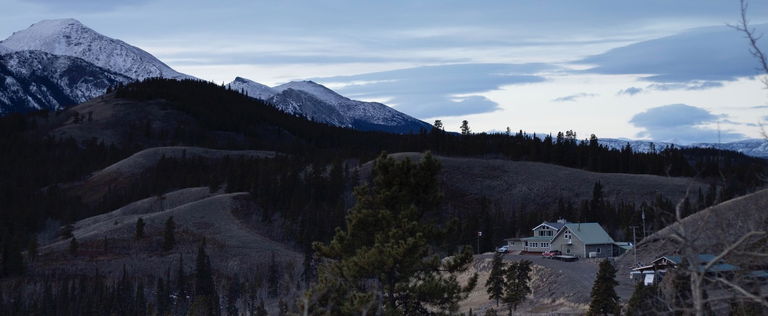
Reasons Why Public Space is Important
Lisa Yang
Sep 10, 2015
“Cities have the capability of providing something for everybody, only because, and only when, they are created by everybody.”
-Jane Jacobs, The Death and Life of Great American Cities

During my undergrad, one course that really struck me was, “Urban Transformations, Affective Cartography”. We studied how urban landscapes are more than just spatial. We looked at how public space, specifically, urban space, affect our physical, psychological, and emotional well-being. I started to become aware of how we behave in everyday scenarios when we are alone versus when we are brought together in situations like public installations, street art, festivals, markets etc. In this blog series, I will look at what can be considered good public space, showcase innovative uses of public space, and hopefully increase awareness of the public spaces in Canada. But first…
Why does public space matter?
There are specific criteria for determining public space. Generally speaking, a public space is a place that is accessible to the public at any time of day, such as parks, beaches, squares, roads, sidewalks, etc. These spaces all serve different functions, and can easily just be seen in spatial terms. Yet with the effort of communities, they can be turned into lively, creative spaces that bring people together. While there are plenty of reasons why public space is important, here are the top five.
1) It benefits our health
Especially in cities or so-called ‘concrete jungles’, public spaces such as parks create a relaxing and inviting atmosphere where people can come and decompress from their stressful daily routines at home and work either by relaxing or being physically active. Parks can also mitigate air, climate and water pollution that is all around us. Some of the most well-known urban public parks are Central Park in New York City, Stanley Park in Vancouver, and Mount Royal in Montreal.
2) It helps build a sense of community, civic identity and culture
Public space alone does not build community. Citizens who initiate and participate in community building activities and events create community through placemaking, or what the Project for Public Spaces calls “an effective process that capitalizes on a local community’s assets, inspiration, and potential to improve the quality of people’s health, happiness, and well-being.” That said, a successful public space can inspire and attract citizens to come together and interact in that space. Compare a park that’s spacious, has plenty of seating space and greenery to attract citizens, versus a dirty, garbage ridden environment that has not been invested in or used wisely. While community can really be created anywhere, there needs to be space that is open and accessible so that community projects can take place.
3) Has the ability to drive economic growth
Take for example Place des Arts Esplanade in Montreal; every year, hundreds of thousands of people come from all over the world to visit the many festivals that take place at the esplanade. Markets, are another reminder that open and shared space drives more traffic and is mutually beneficial for business owners and the local economy through sales, taxes, and increased jobs. In 2002, PPS (Project for Public Spaces) surveyed 800 customers from a variety of indoor and open-air markets around the country. PPS discovered that 60% of market shoppers also visited nearby stores on the same day; of those, 60% said that they visited those additional stores only on days that they visit the market.
4) Can transform wasted space
In the TED talk, “How public spaces make cities work?”, Amanda Burden, the former director of the New York City Department of City Planning, provided an example of a degraded waterfront in the neighborhoods of Greenpoint and Williamsburg in Brooklyn. The waterfront was abandoned and nearly impossible to access. Consequently there was little to no traffic or economic activity. It was basically a waste of space in a beautiful city. A group of architects took on the project and transformed the waterfront into a public space filled with green parks and tree-lined paths. Today the space thrives, and even has an excellent transportation system that runs through it. The lesson drawn from this example is that when you create an inviting space, people will come.
5) Public spaces, if utilized and designed well can give a city character and enhance architectural diversity
Especially in urban environments, where skyscrapers reign and concrete is the main building material of choice, a dash of colour, a community attraction or public art installation can make a huge difference in the city. Consider Bryant Park in New York City, an urban park in the middle of Manhattan. It is a convenient space for employees and tourists alike to take a break and hang out among planted flowers and tree-lined paths. Art installations are another example of how public space can liven up the city. For example, the annual Luminothérapie exhibition of interactive art at Places Des Arts in Montreal, From Here Until Now, in Winnipeg, or Yue Minjun’s A-Maze-Ing Laughter in Morton Park, Vancouver. These installations not only complement the city’s landscape but they encourage people to interact with the art pieces and become a subject of conversation.




